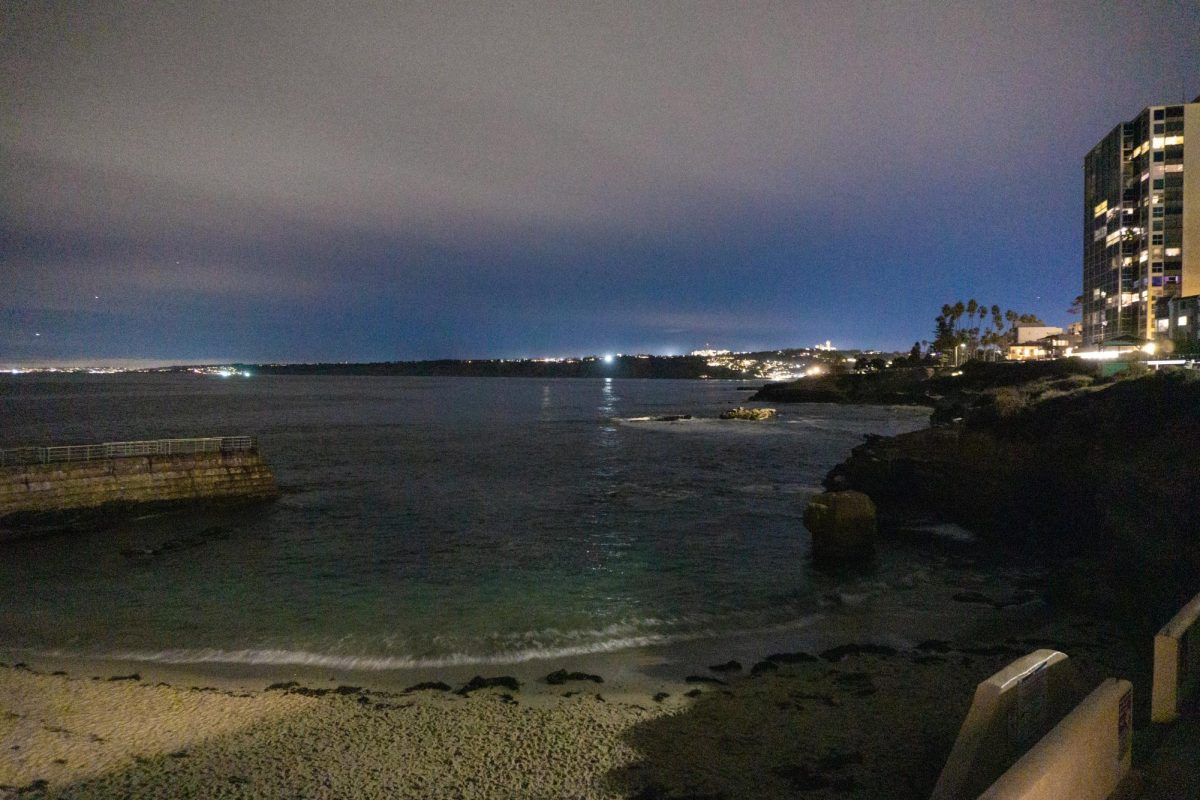Thanks to the work of Dr. William Gerwick at the Scripps Institution of Oceanography, UCSD’s nine libraries and three million books will soon have a new baby sibling: the SIO collection.
Gerwick, along with George Nicola, a postdoctoral scholar at Skaggs School of Pharmacy, plans to open the Scripps Natural Compounds Library by 2012 in order to streamline the way drug companies obtain research material. The library — which will be comprised of marine plant samples, animals and bacteria — already contains over 50,000 specimens waiting to be catalogued.
Gerwick first envisioned the project five years ago, when he came across the work of late marine chemistry professor John Faulkner. Faulkner left behind a vast collection of compounds, collected from locations around the world like Madagascar, Papua New Guinea and Fiji; however, they were highly disorganized, lacking proper catalogue and supervision.
“I realized what an asset we have here at SIO and UCSD, but how poorly we manage it,” Gerwick said. “For the long vision, it would be of enormous value to the institution to have a large and well-curated compound collection.”
Gerwick said he hopes to organize the collection of natural and synthetic compounds within the next two years — readying it for use, especially, by pharmaceutical companies. Additionally, Gerwick has asked for sample donations from scientists at Scripps and other institutions who might want to contribute to the growing collection.
Gerwick said the completed library should allow drug companies to avoid the laborious process of obtaining individual compounds, which can mean excessive paperwork and legal complications. For example, each time a pharmaceutical company requests to use a compound from a different institution, it must create a legal agreement for its application, including a system of payment.
According to Nicola, easy access to compounds gives pharmaceutical companies flexibility to examine new compounds on a budget, and encourages them to work with UCSD. In particular, Nicola said the library’s location at the oceanography institute will aid marine-oriented research.
“The most important aspect of this screening library is that they originate from very rare marine sources,” Nicola said. “In this sense, it will revolutionize scientific drug discovery by tapping into the unique biodiversity that is intrinsic to these rare species.”
One of the most prominent synthetic compounds in the collection is cyanobacteria, or blue-green algae. These photosynthetic bacteria — which are generated by Scripps scientists in the lab after cyanobacteria are collected in the field — could be the source of bioactive products, used in medical disciplines like the neurosciences, bacteriology and oncology.
In January, the Scripps-Young President’s Organization Innovation Challenge awarded the collection a $10,000 cash prize because of the library’s potential contributions to the field of medicine.
The Scripps library will not generate profit for the university. Gerwick said he is aiming to create a self-sustaining facility, and according to Nicola, it will create ties with academic laboratories and drug companies interested in working with the collection.
“Hopefully this will simulate a company with a different idea for the good of society,” Gerwick said. “This library shows that there are other ways to develop drugs, and once we build it, [the scientists] will come.”
Readers can contact Victoria Banuelos at [email protected].







